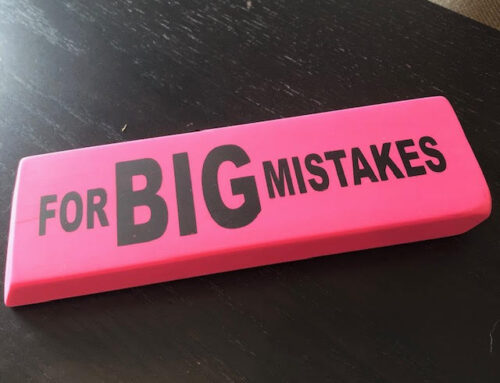Unfortunately, chaos can rein when meetings are not set up properly. To be a successful – which means productive – professional, you need to know how to design memorable meetings. Doing so ensures that that people remember to be there, remember what happened, and remember what their tasks & responsibilities are.
Consider these ideas:
- Use drama. No kidding. Do something interesting and dramatic–not to distract, but to engage and make the meeting memorable. One of the definitions of drama is, “any situation or series of events having vivid, emotional, conflicting, or striking interest or results.” Think about a way to bring drama to your meeting and you’ll see the shift in everyone’s energy.
- Start and end on time. This all by itself makes a meeting memorable, sad to say, in most organizations. People will notice.
- Avoid weekly/daily/monthly meetings (unless they are needed). Meetings should have a driving purpose (and the fact that it is Tuesday isn’t exactly compelling). Calling off a regular meeting by saying, “We don’t really need to meet this week,” will make the next one more memorable.
- Have the meeting involve some conflict. Conflict may involve controversy or some type of varying opinion or approach. Note: If you haven’t already read it, read Patrick Lencioni’s book, Death by Meeting. Of all of his great books, I think this is the best one and in it, he addresses the importance of conflict in most meetings.
- Make sure people are clear on the intent of the meeting. Announce it, post it, reiterate it, get everyone focused on the intent…and then make the rest of the meeting directed toward that intent. Memorable.
- Ensure that people leave the meeting with something that they didn’t come in with (idea, passion, task, useful handout, strategy, etc.) You want people talking about the meeting afterwards because they engaged with the ideas, concepts, purpose, etc.
- Design the meeting so that people know what their responsibilities are at the meeting. So often, people come to a meeting and they don’t even know why they are there or what their responsibilities are. If they are then called upon to make a report, offer an idea, or share a plan, they are caught off guard and then sort of fumble around. Not too memorable.
- Order the agenda so that the most important items are first. Get and keep attendees energy ‘up’ right from the start of the meeting. Going over dribs and drabs of unimportant information starts sapping the energy from the people at the meeting, plus, you run the risk of having the meeting end, and you’ve barely gotten to the most important items.
- Learn how to use visual ideas. Do not bore others with a 500-item PowerPoint list. Numerous ways are available to either use PowerPoint in a POWERFUL way or to use flip charts, white boards, 3-dimensional aids, etc. Especially with the younger employees, if you don’t make it visual, you will lose them.
- Plan for the meeting. Never wing it.
The statistics on the amount of time professionals spend in meetings is staggering. The saddest part is people believe that 1/2 the time they spend in meetings is wasted. Argh!
© Meggin McIntosh, Ph.D (also known as “The Ph.D. of Productivity”™) writes, consults, and leads workshops for bright people who want to sustain lives of peaceful, predictable productivity. One of her most recent publications is the Get a Plan! Guide® to Waayy Better Meetings, which is available here: http://getaplanguide.com/bettermeetings.php. Other resources may be found at www.meggin.com.







Leave A Comment